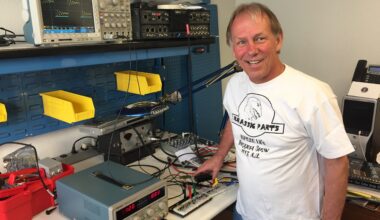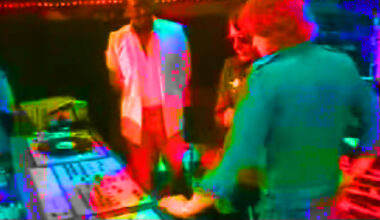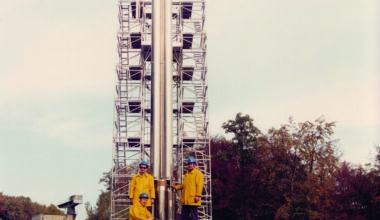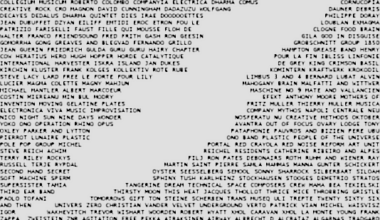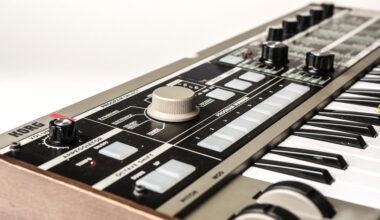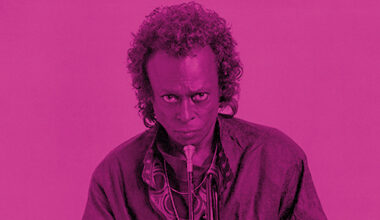With a palette of Jupiter-8 and Roland TR-808, Marvin Gaye’s ‘Sexual Healing’ is a true electronic trailblazer. The story behind its making isn’t what you’d expect…
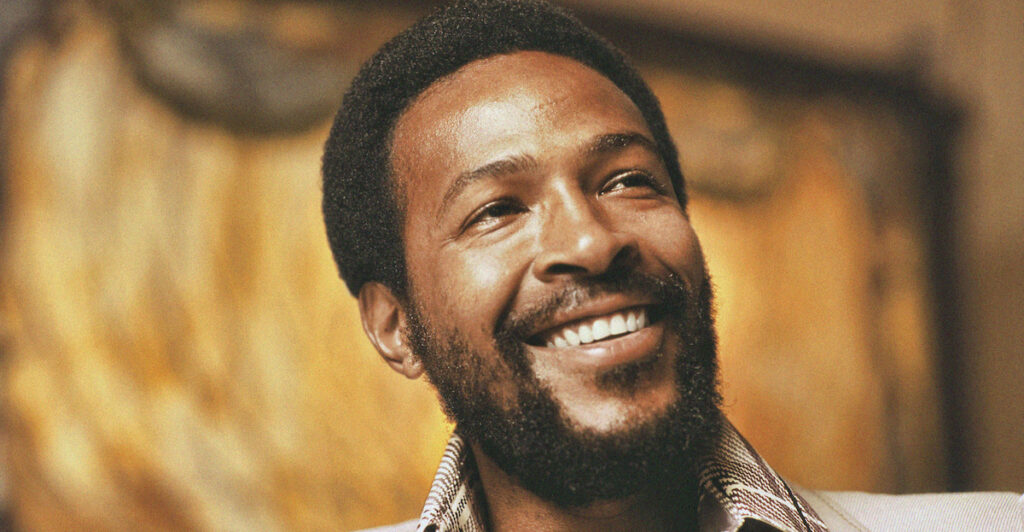
In the strange twists and ultimately fatal turns of the life of Marvin Gaye, perhaps the oddest was his decision to move to Ostend in Belgium in February 1981 at the suggestion of his tour promoter. The move heralded his separation from the Motown mothership, which had curated his career since he first clocked in to Berry Gordy’s hit factory in 1960. Motown has afforded this irascible, stubborn kind of fellow (roughly the title of his first hit single) the success of the major, bankable pop star but also, thanks to his headstrong determination, the space to issue albums like the political masterpiece ‘What’s Going On’.
The 41-year old Marvin Gaye who arrived at Ostend was recovering from heavy drug addiction, a diminished creative impulse, the irreparable breakdown of his relationships with both Motown and his wife, and he almost bankrupt from a massive tax bill. Ostend represented Gaye’s opportunity to rebuild his confidence, get clean and find his voice again.
“In the States, he’d been heavily into drugs, whereas when he was living in Ostend he didn’t have any money, so his intake was much less,” explains Mike Butcher, who worked as a recording engineer on Gaye’s recording sessions in Belgium. “He was much more calm, and he was really happy to be back in the studio.”
The result of those sessions would be the modern, futuristic, electronics-heavy album ‘Midnight Love’, preceded by the massive hit single ‘Sexual Healing’. Perhaps surprisingly for someone used to singing over lushly-executed arrangements, Gaye had the Roland Corporation to thank – specifically for their Jupiter-8 synthesiser and TR-808 Rhythm Composer, both of which he brought into Studio Katy, located just outside Brussels, for the start of sessions in December 1981. ‘Sexual Healing’ was among the first four tracks that Gaye recorded with Mike Butcher.
“Marvin had recorded some really basic demos at home on a cassette player,” he recalls. “The first time I heard the song it was literally just the TR-808, which had been programmed already. In fact, all the songs had been pre-programmed. He had done them with his drummer, who wasn’t in the studio with us, but who had been in Ostend for a gig a couple of months before. Some other young musicians in Ostend had also helped him out – Marvin wasn’t very technical and he wasn’t very drawn to technology. Sometimes I would have to help him with the presets or if he wanted to tweak the sounds a bit, but apart from that Marvin played all the Jupiter-8 sections himself.”
Sessions for what became ‘Midnight Love’ were stressful experiences for the studio team because of the technology that Gaye insisted on using.
“This was the days before sequencers and computers,” says Butcher. “Marvin would work on one or two bars at a time, punching those in and out onto tape.”
In the days before affordable multi-track recorders, punching in and out was a task that required a great deal of skill. The engineer would literally record fresh short takes over previously recorded sections of the master, erasing what was there previously. One slip and the whole recording could be ruined.
“I had an assistant, but it was just so complicated that I did all the punching in and out myself to make sure that nothing got erased,” says Butcher.
‘Sexual Healing’ stood apart from everything else on the album as it was hardly conventional. The combination of the 808 and Jupiter-8 gave the track an alien, sparse dimension, a starkness of presentation that was the complete antithesis of what people expected from soul music. For a long time – almost the entire duration of their time in the studio – the track was literally just those two components, plus subtle Rhodes additions from Odell Brown. Gordon Banks added a humanising touch in the form of some languid funk guitar around three months after the electronic components had been recorded, but it would be Gaye’s romantic, desperate vocal that proved to be the song’s crucial ingredient.
“I was very nervous about recording his vocal,” admits Butcher. “He only actually put the vocals on at the very end, just before we finished in October 1982. He was hearing the vocals in his head. He didn’t do any guide vocals and so it was only when he started to lay down the actual vocals that everything seemed to fit into place and the arrangements made sense. That’s when I realised, of course, what a great singer he was.”
As is accepted studio convention, if you look at the credits for ‘Sexual Healing’, you won’t see a TR-808 listed. Instead, with a degree of cheeky humour, you’ll see Gaye credited with congas, bells and cymbals, all of which are the labels for sounds on the front panel of the 808.
“As far as I know, he was the first person to program a TR-808 as its own instrument instead of trying to imitate a drum kit,” says Butcher. “He would do things like put the side-stick on a beat, which a drummer wouldn’t do.”
It’s hard to find another song so soon after Roland launched its 808 that used its distinctive percussion sounds so prominently in a pop context.
Marvin Gaye entered Studio Katy without a record deal, and knew he was taking a risk given what he was writing was so different to anything around at the time. It wasn’t immediately apparent to Butcher that ‘Sexual Healing’ could work as a pop song, even after CBS Epic offered Gaye a contract.
“As a sound engineer, you can record songs that you think are great and nothing ever happens to them, and then you record a song that you don’t particularly like and it becomes a massive hit,” laughs Butcher. “It was only when we started working on it a bit longer and started adding the overdubs that we realised it was going to be a big hit.”
The song would yield two Grammys for Gaye, and also enabled a restoration of his deserved position within soul music’s royal family. More enduringly, ‘Sexual Healing’s singular use of electronics heralded a wholesale modernisation of the R&B form, the influence of which can still be heard almost 40 years on.
